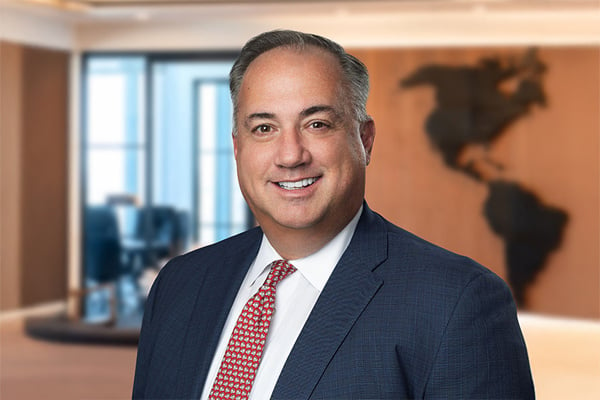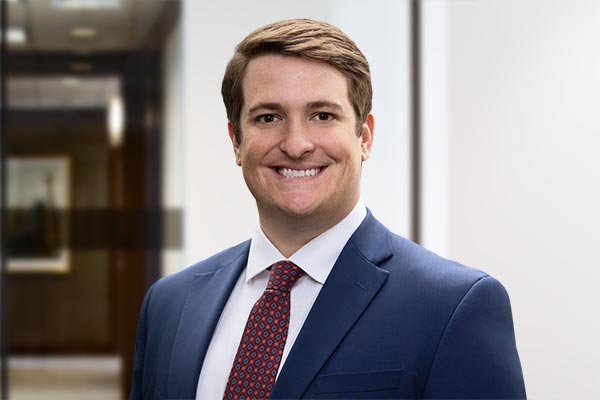Article
You want answers? SBA provides loan forgiveness guidance
Published: May 26, 2020

Mark Twain once aptly said: “I was gratified to be able to answer promptly, and I did. I said, I don’t know.” For small businesses sorting through what now amounts to over thirty varying forms of guidance from the Small Business Administration (SBA), being told “I don’t know” has been the norm, unfortunately. On the eve of a long Memorial Day weekend, the SBA issued long-awaited guidance regarding the mechanics of loan forgiveness under the Paycheck Protection Program (PPP). This new guidance, coupled with the ten-page loan forgiveness application, provides the most transparent path to plan and utilize PPP loan proceeds to date.
For today, it is gratifying to have prompt and relatively straightforward answers to loan forgiveness and the process for PPP borrowers moving forward. Here are twenty questions answered or clarified with the new guidance:
1. Who decides loan forgiveness?
Generally, the lender will make the decision regarding loan forgiveness. After receipt of an application for forgiveness, a lender has 60 days from receipt of a complete application to issue a decision to the SBA. From there, the SBA has 90 days to remit the appropriate forgiveness amount to the lender. This general loan forgiveness only applies to loan forgiveness applications that are not reviewed by the SBA prior to a lender’s decision. It is highly recommended to submit your loan forgiveness application as soon as you are permitted to apply, which is the date you exhaust your loan proceeds.
2. What happens if my lender denies my application for forgiveness?
If the lender determines that the borrower is not entitled to forgiveness in any amount, the lender must provide the SBA with the reason for its denial and notify the borrower of its decision. Within 30 days of the notice from the lender, the borrower may request that the SBA review the lender’s decision.
3. What if my payroll cycle or rent payment does not coincide with the date of my PPP loan disbursement?
Borrowers may seek forgiveness for payroll costs and other expenses during the 8-week period beginning on either: 1) the date of disbursement; or 2) the first day of the first payroll cycle after the date of disbursement. The latter only applies to borrowers with a bi-weekly or more frequent payroll cycle.
4. Are bonuses, hazard pay, and tips eligible for forgiveness?
Yes. These cash payments are eligible for forgiveness as long as the employee’s total cash compensation does not exceed $100,000 on an annualized basis.
5. I am self-employed and/or an owner-employee. What is the cap on the amount of loan forgiveness available regarding my payroll compensation?
A self-employed and/or owner-employee is permitted to receive payment under the PPP, subject to an equated cap. The cap established by guidance is the lesser of 8/52 of 2019 compensation or $15,385.
6. Can I make advance payments for eligible expenses and obtain loan forgiveness?
No.
7. What is an FTE employee?
An FTE employee is an employee who works 40 hours or more, on average, each week.
8. How do I factor employees who work less than 40 hours per week into the FTE equation for the “headcount” test?
For part-time employees, borrowers may choose to calculate their FTE in one of two ways: 1) divide the employee’s average number of hours per week during the covered period by 40; or 2) apply a flat FTE of 0.5 for each of these employees. Borrowers may not choose the average for certain employees while using the flat FTE for others; the borrower must apply the same method of calculation for all employees who work less than 40 hours per week.
9. Certain employees’ wages/salaries were reduced more than 25 percent, but my aggregate payroll did not decrease by more than 25 percent. Will my forgiveness still be reduced?
Yes. concerning salary or wage reductions, the 25 percent exemption only applies on a per-employee basis, not in the aggregate.
10. I reduced an employee’s hours or laid-off an employee during the covered period. Will this also count as a salary/wage reduction against my forgiveness?
No. To prevent double penalization, the salary/wage reduction applies only to the portion of decline in employee salary and wages that is not attributable to the FTE reduction.
11. I reduced employee salaries and wages and/or laid-off employees between February 15, 2020, and April 26, 2020 (safe harbor period). Can I avoid a reduction in my loan forgiveness amount?
Yes. The borrower can avoid a reduction in loan forgiveness related to these actions if it cures salary/wage reductions over 25 percent and/or reductions in FTEs on or before June 30, 2020.
12. I tried to re-hire former employees laid-off during the safe harbor period, but some or all declined the offer. Will my loan forgiveness still be reduced?
No. The borrower may exclude any reduction in FTE employee headcount that is attributable to an individual employee that rejects an offer for re-hire if the offer was made in good-faith in writing for the same salary and wages prior to the separation/reduction of hours. The borrower is also obligated to inform its unemployment insurance office within 30 days of the employee’s rejection. As always, it is essential to document any offers made, and rejections received.
13. Will my loan forgiveness be reduced if an employee is fired for cause, voluntarily resigns, or voluntarily requests a schedule reduction?
No. Further, the guidance states that “borrowers should not be penalized for changes in employee headcount that are the result of employee actions and requests.”
14. How long must I maintain PPP documentation?
The borrower must maintain documentation six (6) years after the date the loan is forgiven or repaid in full.15. My PPP loan is less than $2 million. Can the SBA still review my loan?
Yes. The SBA may undertake a review of any PPP loan at any time in its discretion.
16. How will I know my loan is under review by the SBA?
If the SBA reviews your loan, it will notify your lender in writing, and your lender must notify you in writing within five business days of receipt. The SBA may also contact you directly.
17. Will I have the opportunity to respond to the SBA’s questions in a review?
Yes. The SBA or your lender will contact you in writing to request additional information regarding your loan. Failure to respond to such an inquiry may result in an adverse determination regarding the issue under review (eligibility, loan amount, forgiveness amount, etc.).
18. If the SBA determines that I am ineligible for a PPP loan, can the loan be forgiven?
No. If you are not eligible for a PPP loan, you will be required to repay the loan amount immediately.
19. Can I appeal a determination by the SBA that I am ineligible for a PPP loan or ineligible for the loan amount or the forgiveness amount I claimed?
Yes. The SBA intends to issue separate guidance regarding this process.
20. What recourse will I have if I am denied eligibility or forgiveness after appealing the SBA’s decision?
After exhausting all administrative remedies, the borrower will have the right to seek judicial intervention in an appropriate state or federal jurisdiction.
At the end of A Few Good Men, Col. Jessep finally answered the question. It may not have been the answer we wanted to hear, but it was the truth. With the PPP, we finally have some concrete answers on loan forgiveness. However, with numerous legislative instruments filed – all that may tweak the PPP – it is important to be tuned in to any future changes or revised guidance.
Our COVID-19 Task Force will continue to monitor the ever-changing landscape of options and issues for businesses to consider as we navigate through the pandemic and beyond.



